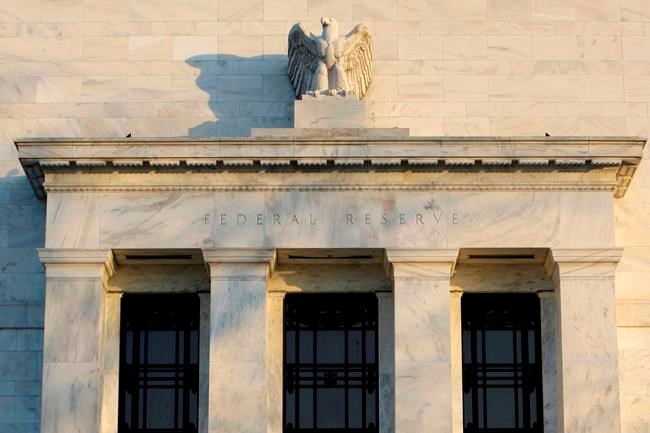WASHINGTON — Federal Reserve officials last month worried about the coronavirus pandemic's toll on the U.S. economy, especially its impact on the most vulnerable, expressing fears that a large number of small businesses may not be able to survive the shock.
Minutes of the Fed’s April 28-29 meeting released Wednesday showed that Fed officials fully supported continuing to keep the central bank's benchmark interest rate at a record low near zero. This while backing a number of emergency programs to keep parts of the financial system operating.
The minutes said that Fed officials believed the economy, as measured by the gross domestic product, would decline “at an unprecedented rate” in the April-June quarter.
The officials expected that “the burdens of the present crisis would fall most disproportionately on the most vulnerable and financially constrained households in the economy.”
The central bank's policy making committee voted 10-0 to keep the Fed's benchmark interest rate near zero for the foreseeable future. It pledged to use its “full range of tools to support the U.S. economy at this challenging time.”
In recent appearances, including congressional testimony this week, Fed Chairman Jerome Powell has repeated that pledge and has also suggested that Congress and the administration may need to consider take additional steps to avoid the fallout of a more severe and drawn-out recession.
In his testimony Tuesday, Powell said that cascading bankruptcies among small businesses and extended unemployment remained a serious risk. While further government aid would be costly, it would be “worth it if it helps avoid long-term economic damage and leaves us with a stronger recovery,” he said.
The minutes showed Fed officials concerned whether consumers would feel comfortable shopping as they had before the virus outbreak, and also whether a second wave of infections might cause businesses to be reluctant to rehire workers or embark on new ventures.
Fed officials said that even after social-distancing requirements are eased, the effect of the virus might mean “some business models may no longer be economically viable.”
They discussed whether the central bank should be more explicit in its signals about how long rates would remain at the current level of zero to 0.25%, the minutes showed.
Among the suggestions discussed were the setting of a certain level for unemployment or inflation before the Fed would consider raising rates, or specifying a period of time before rates would increase.
The officials raising these suggestions argued that it would give financial markets greater certainty that rates would stay low for a considerable period of time.
During the previous period that the Fed kept its benchmark rate near zero — after the 2008 financial crisis, from December 2008 to December 2015 — the Fed employed various devices to signal its intent to keep rates low for a sustained period, including citing levels for unemployment and specific time periods.
Martin Crutsinger, The Associated Press



